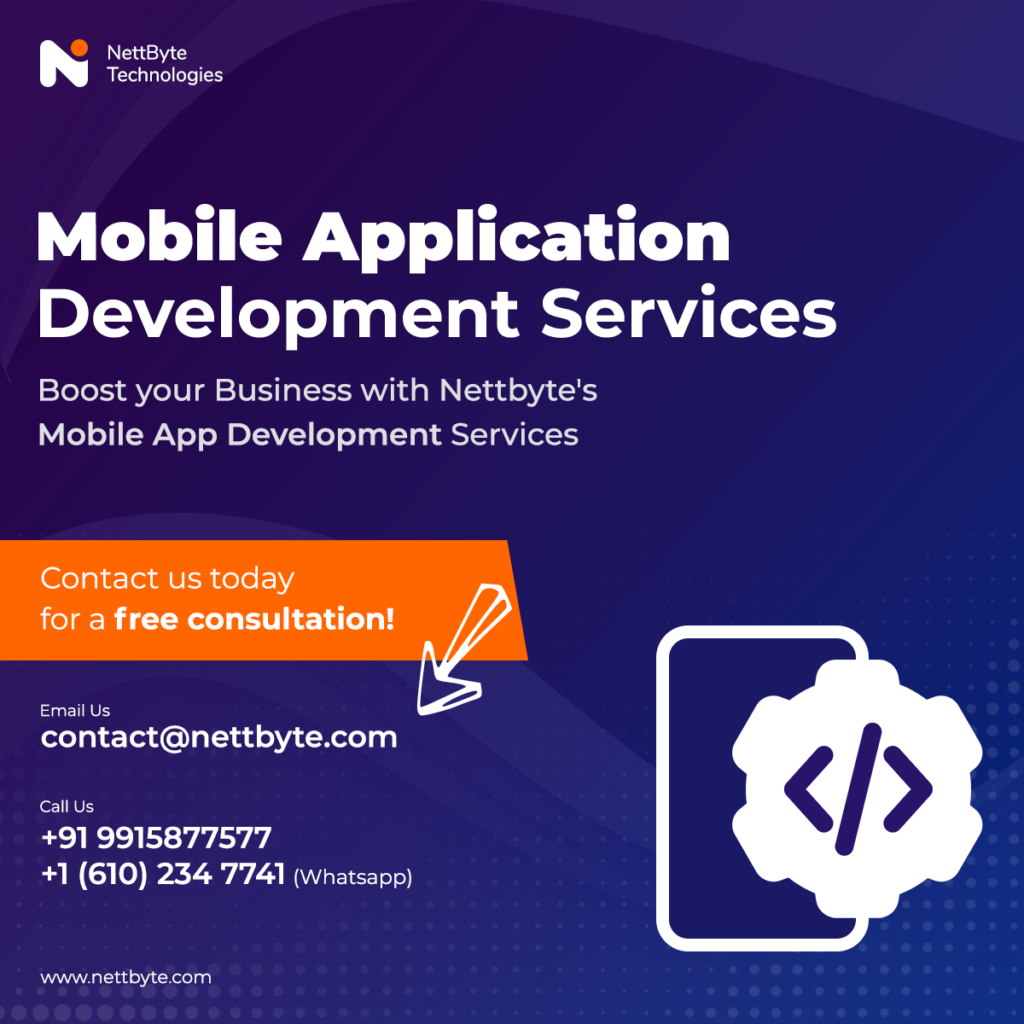In the ever-evolving landscape of business, a one-size-fits-all approach no longer suffices. Enter custom solutions—tailored software designed to address the unique needs and intricacies of a specific organization. While custom solutions hold immense potential for streamlining processes and enhancing efficiency, they come with their own set of challenges. In this article, we’ll explore the hurdles that can arise when building custom solutions and provide actionable solutions to overcome them.
1. Lack of Clear Vision:
1. Complex Requirements Gathering:
Understanding and documenting intricate business requirements can be challenging. Miscommunication or vague specifications can lead to solutions that miss the mark.
Solution: Engage in extensive discussions with stakeholders and end-users to gather comprehensive requirements. Use tools like mockups and prototypes to visualize the final product.
2. Technical Compatibility:
Integrating a custom solution with existing systems and software can pose compatibility issues, leading to data discrepancies and operational disruptions.
Solution: Conduct a thorough technical assessment to identify potential integration challenges. Employ APIs and middleware to ensure seamless communication between different components.
3. Scope Creep:
As projects progress, additional features and functionalities may be requested, causing the project to expand beyond its initial scope.
Solution: Establish a well-defined scope before commencing development. Utilize change request processes to evaluate and incorporate new features strategically.
4. Time and Resource Constraints:
Building a custom solution requires time, expertise, and resources that might strain an organization’s capacities.
Solution: Plan realistic timelines and allocate sufficient resources. Consider outsourcing to skilled professionals if in-house capabilities are limited.
5. Risk of Over-Engineering:
Striving for perfection can lead to over-engineering—a solution laden with features that offer marginal benefits and increase complexity.
Solution: Focus on addressing core business challenges rather than pursuing excessive features. Prioritize simplicity and usability.
Solutions to Overcome Custom Solution Challenges:
1. Thorough Discovery and Requirements Analysis:
Dedicate ample time to understanding and documenting requirements. Engage stakeholders, users, and subject matter experts to ensure clarity.
2. Iterative Development Approach:
Adopt an iterative development model that allows for regular feedback and incremental improvements. This prevents the accumulation of errors and ensures alignment with evolving requirements.
Custom Software Development
3. Agile Project Management:
Implement agile methodologies that promote flexibility, collaboration, and quick response to changes. Regular sprints and stand-up meetings foster efficient progress tracking.
4. User-Centric Design:
Prioritize user experience (UX) by involving UX designers early in the process. User-centered design ensures that the solution meets user needs and expectations.
5. Thorough Testing and Quality Assurance:
Rigorous testing and quality assurance processes help identify and rectify issues before deployment, ensuring a stable and reliable solution.
6. Effective Change Management:
Communicate with stakeholders about changes, enhancements, and potential impacts. Effective change management minimizes resistance and disruption.
The Role of Recurring Payment Models:
To address budget constraints often associated with custom solutions, recurring payment models offer a viable solution. With this model, organizations can access the benefits of a custom solution without the burden of a hefty upfront cost. Recurring payments spread the financial investment over time, making it more manageable for businesses of varying sizes.
In Conclusion:
While building custom solutions presents its fair share of challenges, the benefits—enhanced efficiency, tailored functionalities, and a competitive edge—far outweigh the obstacles. By addressing requirements meticulously, prioritizing collaboration, adopting agile practices, and considering recurring payment models, organizations can navigate the complexities and successfully build solutions that align with their unique needs. For personalized insights and solutions, reach out to professionals who specialize in crafting custom solutions that drive innovation and growth. To learn more, contact us at contact@nettbyte.com.







